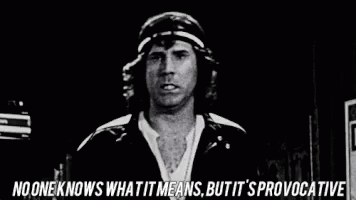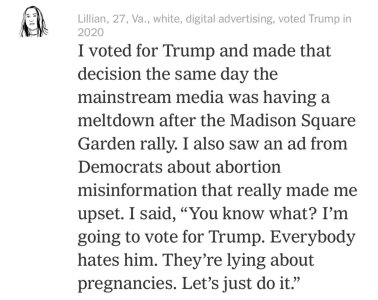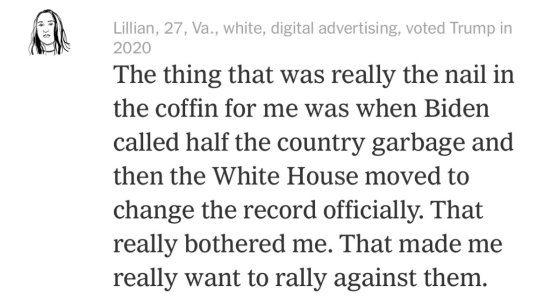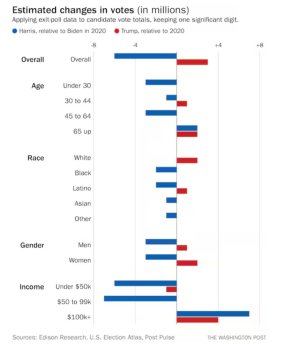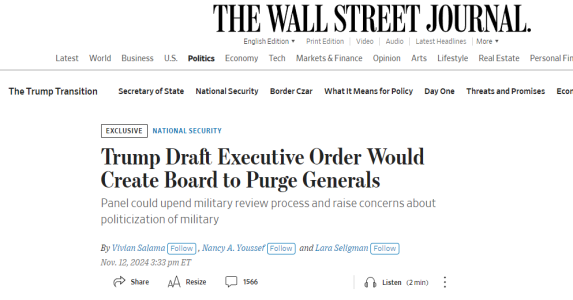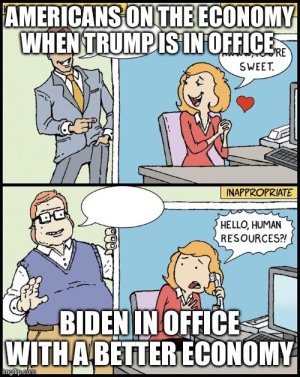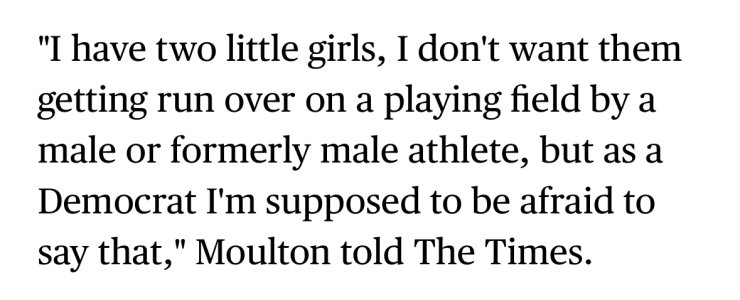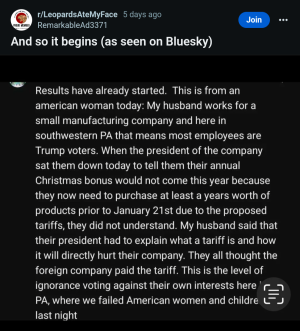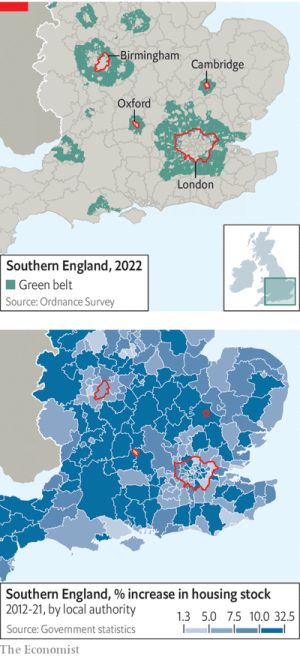“Businesses change all the time,” said White House Office of Management and Budget Director
Mick Mulvaney. “Government doesn't, and one of the things you get when you hire a businessman to become president is you bring this attitude from the private sector.”
The plan touches a wide range of agencies, but one of its main proposals is to move the food stamp program, officially known as SNAP, out of the Department of Agriculture and into the Department of Health and Human Services. That department would then be renamed the Department of Health and Public Welfare.
A new Council on Public Assistance would then oversee programs gathered in one place, including food stamps and Medicaid, and have the power to impose uniform work requirements in those programs, a move strongly opposed by Democrats.
The reorganization plan faces tough odds in Congress, where even aside from the dispute over work requirements, any reorganization faces opposition from congressional committees that could lose power if their jurisdictions change.
Sen.
Patty Murray (D-Wash.), the top Democrat on the Senate Health, Education, Labor and Pensions Committee, dismissed the plan as dead on arrival even before it was official unveiled, calling it a move to propose “futile reorganizations of the federal government just to have a new talking point.”
“Democrats and Republicans in Congress have rejected
President Trump’s proposals to drastically gut investments in education, health care, and workers — and he should expect the same result for this latest attempt to make government work worse for the people it serves,” she added.
The proposal would also merge the Departments of Education and Labor, with the idea that education and job training should go together.
Another proposal that is sure to be controversial is to privatize the United States Postal Service.
Another would merge the Department of Agriculture’s food safety regulators with those in the Food and Drug Administration. Officials said that would reform the current system, where a cheese pizza is regulated by the FDA for safety, while a pepperoni pizza is regulated by the Department of Agriculture.










